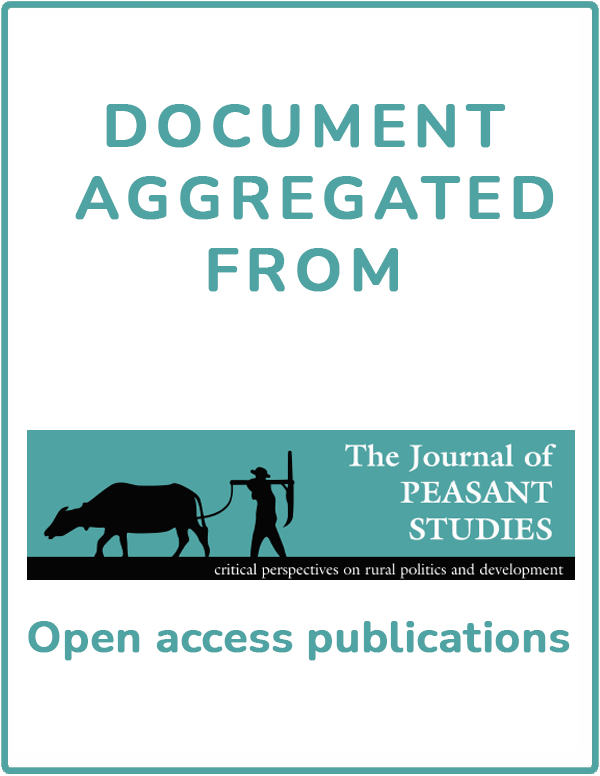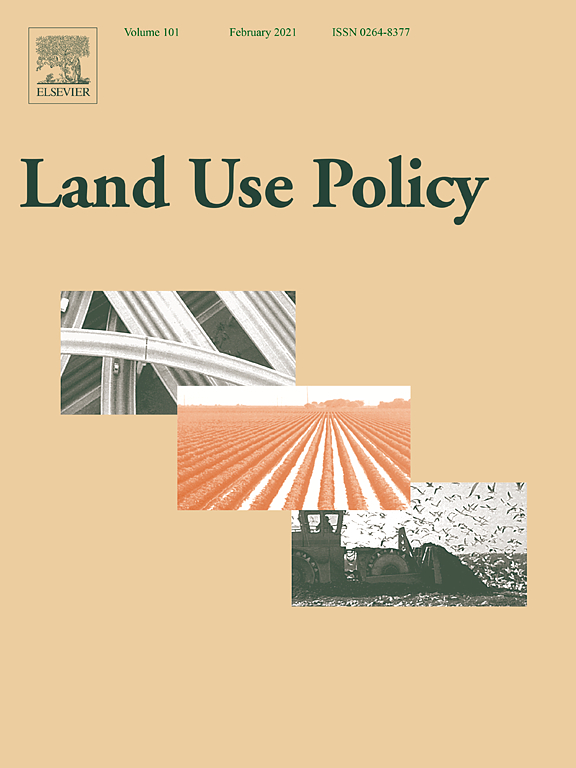Land Cover Change in the Blue Nile River Headwaters: Farmers’ Perceptions, Pressures, and Satellite-Based Mapping
The headwaters of the Blue Nile River in Ethiopia contain fragile mountain ecosystems and are highly susceptible to land degradation that impacts water quality and flow dynamics in a major transboundary river system. This study evaluates the status of land use/cover (LULC) change and key drivers of change over the past 31 years through a combination of satellite remote sensing and surveying of the local understanding of LULC patterns and drivers.



